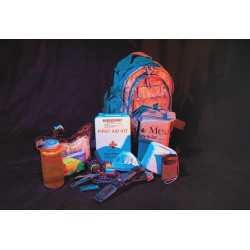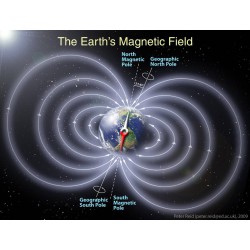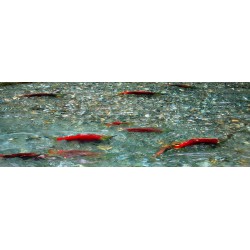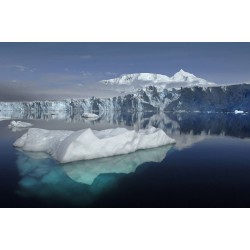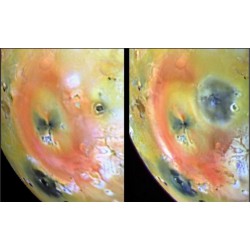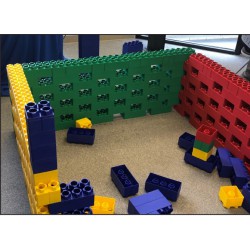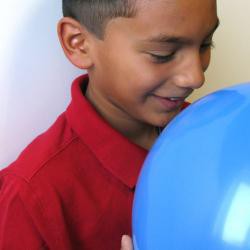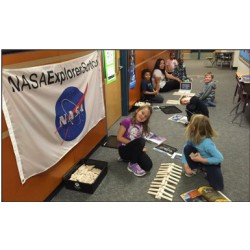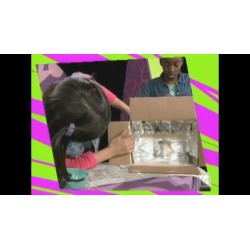Sort
Activities for Tweens There are 201 items.
Stuck on what activities can be engaging for tweens? Explore this collection that is curated for ages 9-12 to find the perfect activity for your patrons.
-
Dating Popcorn
Patrons simulate the geological process of dating the age of rocks by observing microwave popcorn. 0
Check It Out
-
Disaster Supplies Kit
Patrons gather supplies they would need to survive after a natural disaster hits, and assemble them into kits 0
Check It Out
-
Earth's Magnetic Field
Patrons learn about Earth's magnetic field and the animals that use magnetic homing (detecting patterns in Earth's magnetic field to find their way over long distances) by creating a "turtle" and a magnetic map of its habitat. 0
Check It Out
-
Flood!
Patrons learn about how different types of soil have different capacities for retaining water, and some can result in flooding problems, by testing three different soil samples (sand, potting soil, and clay) 0
Check It Out
-
Freddy the Fish
In this role playing activity, patrons learn about river habitats and the effects of pollution on river animals 0
Check It Out
-
Glacier Slide
This activity demonstrates how glacial movement carves the landscape and leaves behind evidence such as moraines, erratics, and U-shaped valleys 0
Check It Out
-
Anomaly Adventures: Through the Eyes of a Computer
Patrons compare images to find the differences to learn about the process of "anomaly detection," and how scientists use this process to explore the Universe and study our own planet 0
Check It Out
-
Space Forts: Exploring Computer Processing Systems
Patrons learn about parallel and serial processing computer systems by racing the clock to build a fort with stackable blocks 0
Check It Out
-
Smelly Balloons
Explore scented balloons to discover how your nose can detect molecules too small to see. 0
Check It Out
How-to Video -
Rover Designs: Coding with Art
Participants explore computer programming by "coding" one another to build space designs using uniform blocks, such as Keva Planks 0
Check It Out
-
Storytelling with Scratch "Adventure on the High Seas"
Participants animate an ocean wave to create a ‘high seas’ scenery and develop a story to go with it. Event tips are provided courtesy of Maria Reguera (Development Librarian: Digital Services & Innovation) and Aruna Naresh (Senior Library Assistant), Vision Redbridge Culture & Leisure, UK. 0
-
Testing Insulators: Ice Cube in a Box
In this activity, patrons work together to see how they can effectively slow the melting of an ice cube. They construct containers for their ice cubes using materials like cardboard, newspaper, aluminum foil, and tape. These containers create an insulating environment designed to keep heat away from the ice cube. 0
Check It Out
How-to Video




